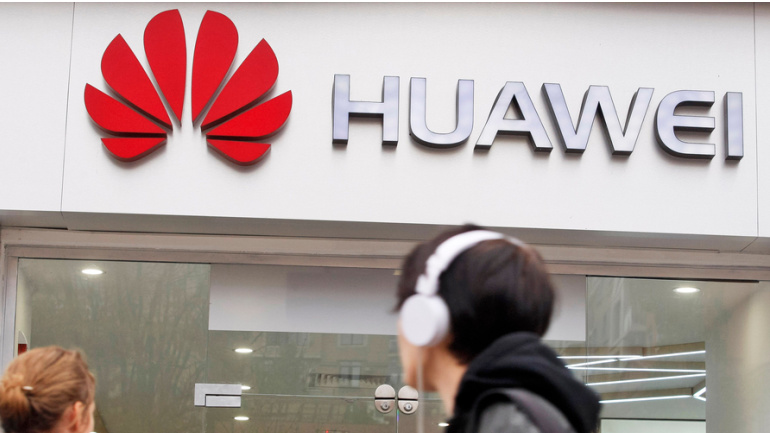At the esteemed HUAWEI CONNECT 2023 event, Huawei unveiled the trailblazing Xinghe Network large model – marking an industry first. Designed with the future in mind, the model fuels the next generation of iMaster NCE network digital maps, paving the way for rapid digitalization and increased industry intelligence.
The Xinghe Network large model is a powerful communications tool trained in tandem with the widely recognized Huawei PanGu models. It successfully encapsulates over 20 billion corpuses from Huawei’s data communication domain, combining configuration items and command lines. This expansive data collection is strengthened by the wealth of knowledge from over 30,000 network experts, equipping the model with robust semantic understanding and a reservoir of industry-specific knowledge.
Notably, this model introduces three key highlights into the agile world of telecoms. It delivers multi-dimensional awareness by detecting network data and application data instantaneously and thus completing hierarchical modeling. Its proactive prediction feature establishes a prediction model to not only predict network traffic trends accurately, but also to foresee network and security risks along with their potential impact. Moreover, it offers invaluable decision-making assistance through a hierarchical multi-objective decision-making model that cleverly suggests optimal policies and adjustments.
The Huawei Xinghe Network large model introduces three major advantages. Firstly, the model employs hierarchical modeling on a staggering 10,000 parameters that include network components, applications, and devices. This automatically enables anomaly detection, thereby flagging network risks before they become problematic.
Secondly, its dual-model-driven structure ensures an unparalleled network experience. Here, the application experience prediction model evaluates application health from half a dozen perspectives and predicts any potential deterioration. Additionally, traffic steering decisions are intelligently recommended based on link loads and tariff packages. This effectively optimizes application performance across networks while minimizing private line expenses.
Lastly, the large model operates on multi-dimensional modeling and analysis, predicting threats previously unknown and difficult to anticipate. It identifies abnormal traffic, assesses the fallout from network faults, and autonomously creates virtual patches. Moreover, it implements comprehensive security checks for all users and terminals, thus taking proactive steps to prevent network security risks in advance.
The Huawei iMaster NCE network digital map is the maiden product to integrate the Huawei Xinghe Network large model. Geared towards campus networks, wide area networks, and data centers, the digital map facilitates unified network management. It effectively behaves as a digital brain for enterprise networks, accelerating advancements in various sectors including but not limited to finance, public services, and education.







